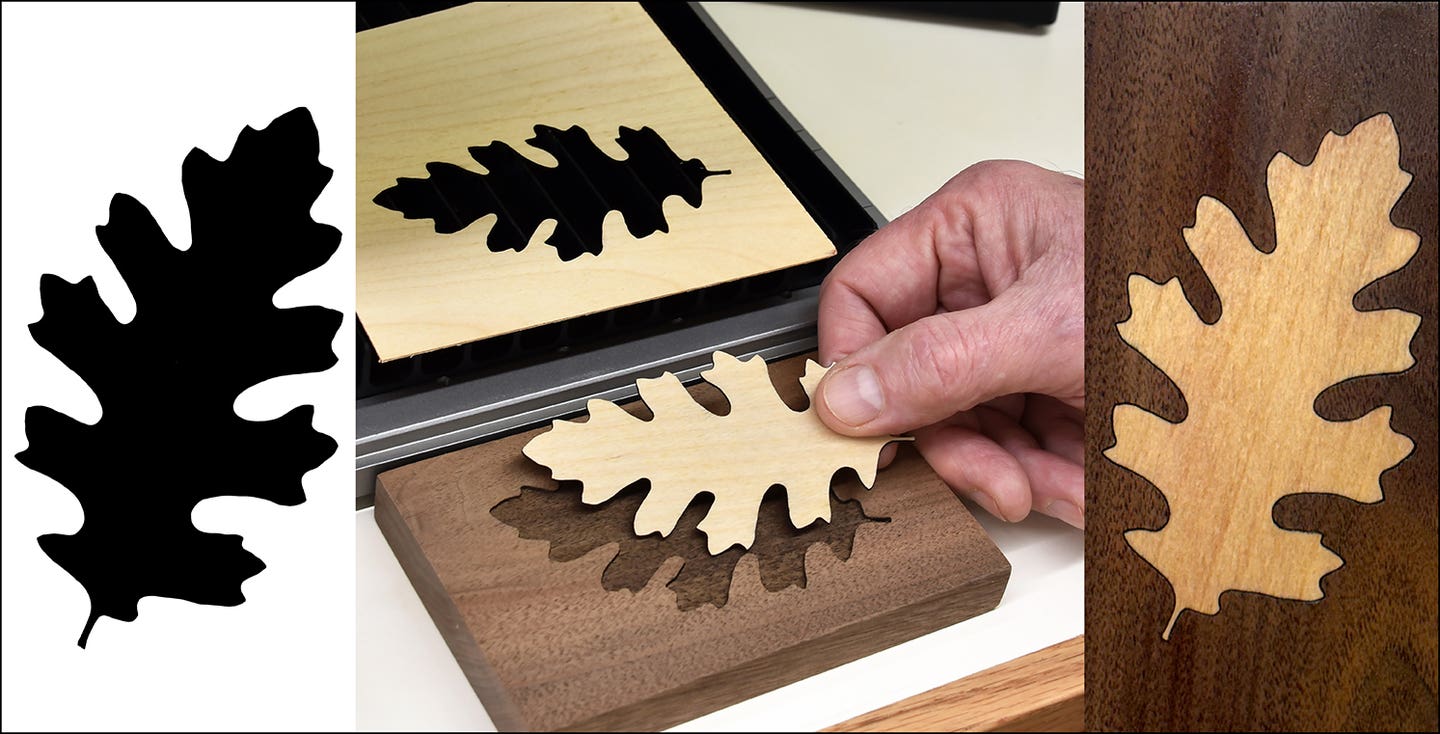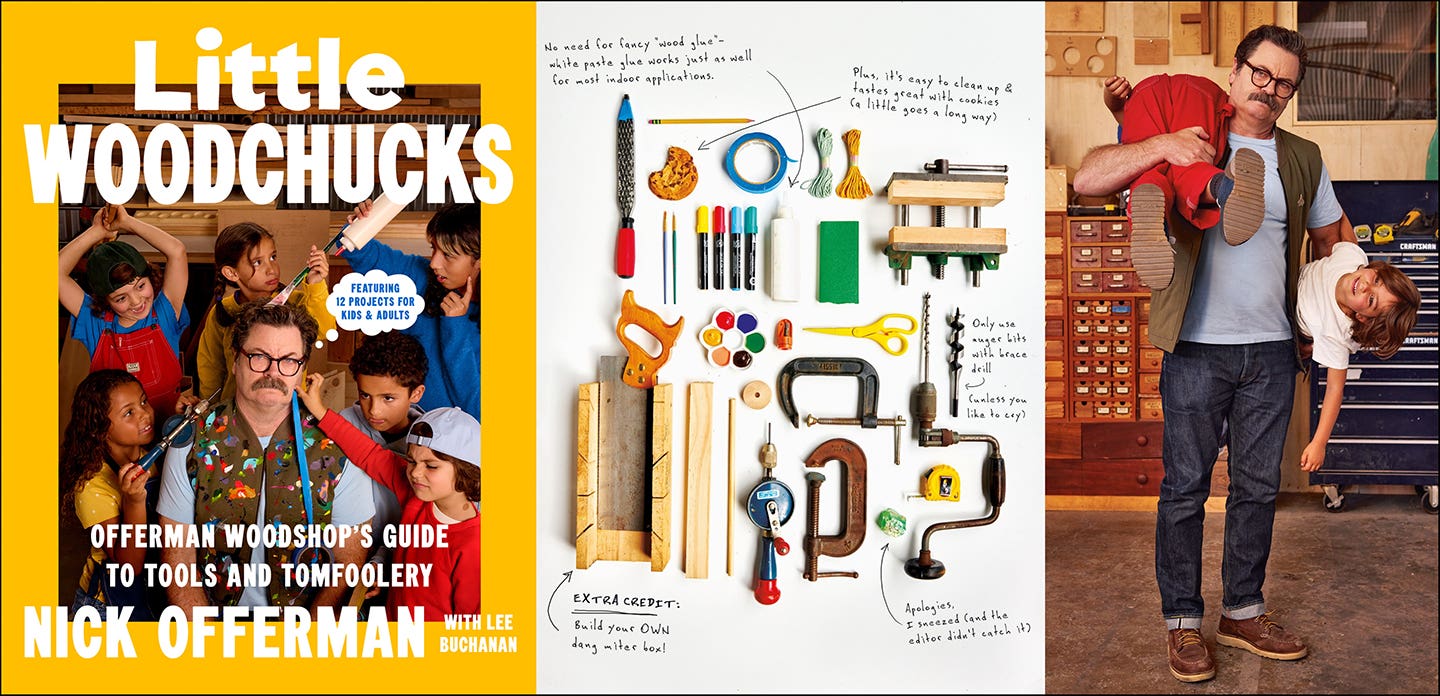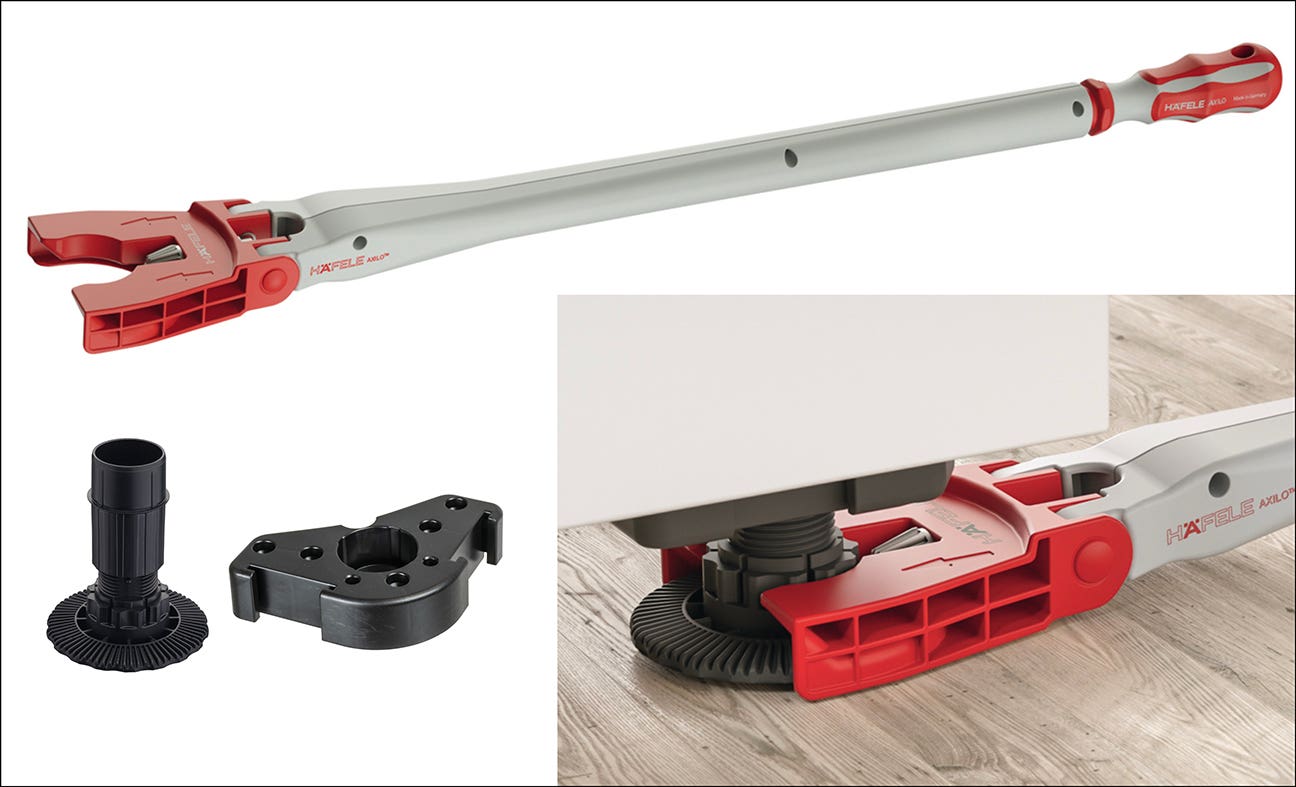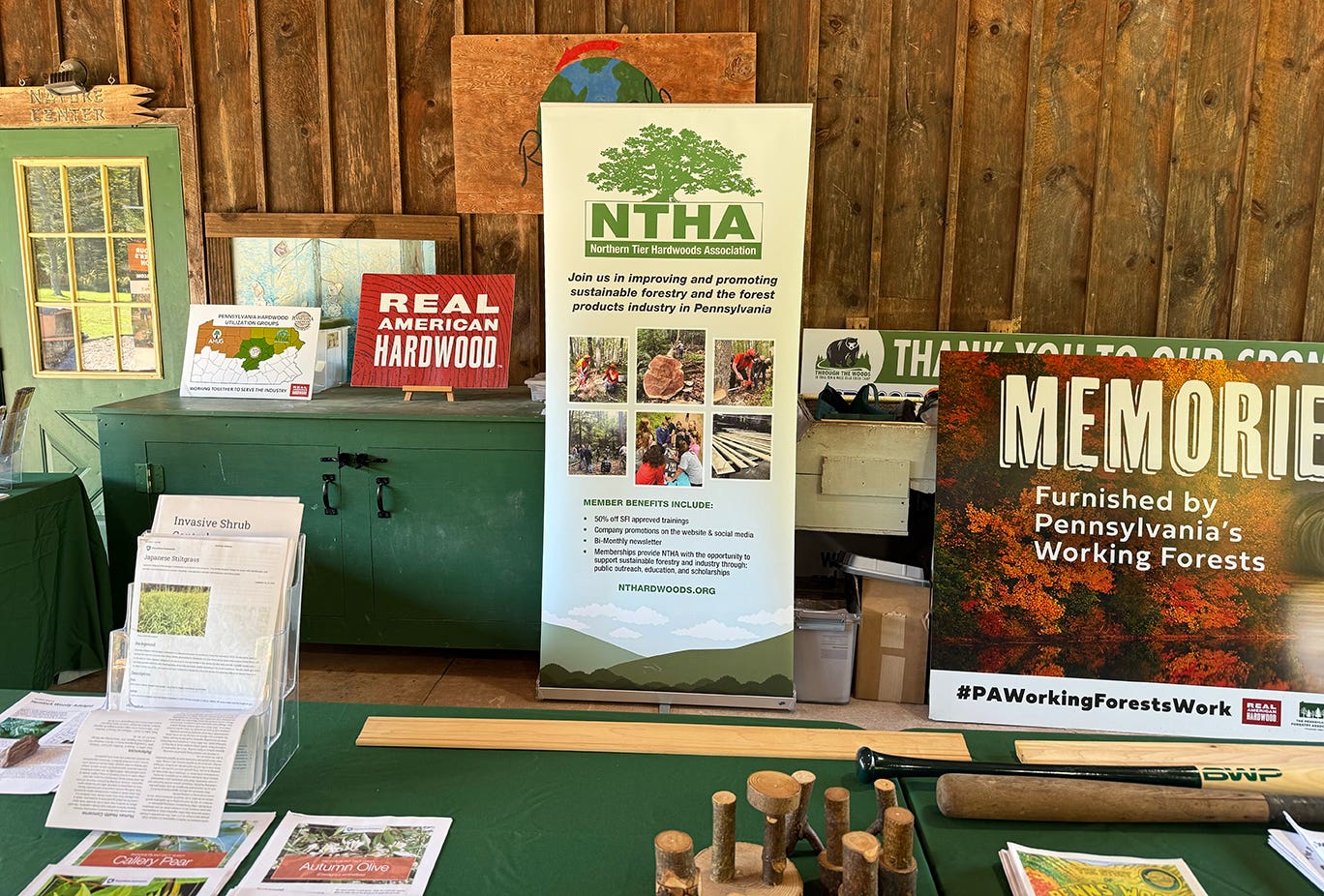Double-duty dynamos
Lasers can be both woodworking and metalworking tools. I got my laser engraver/cutters primarily to work wood and consider them woodworking tools first and foremost. But woodwork is supported by metalwork…
Lasers can be both woodworking and metalworking tools.
I got my laser engraver/cutters primarily to work wood and consider them woodworking tools first and foremost. But woodwork is supported by metalwork all the time — nails, screws, hinges, handles, brackets, plates and all the other hardware needed for woodworking generally require separate tools and talents to produce.
Lasers are adept at both. Since getting my lasers, I’ve worked wood almost exclusively but wanted to test out their capabilities with metal. For test subjects, I thought some custom brass hardware would make good examples.
There are several types of lasers and a lot of crossover in what they can handle material-wise. Just about any laser engraver can do simple marking on metal (with the proper preparation), but the light frequency used by fiber lasers is especially suited to engraving and even deep embossing, so that’s what I used here.
Most of the “work” is creating the project file, but if you have any familiarity at all with CNC then you’re already ahead of the game: the process is identical. Choose or create a design — text, graphic or a mix — edit and size it to your needs, and then convert it to a file the laser understands.
Then it’s just a matter of adjusting the laser settings to accommodate the job: what power to use (0 to 100 percent), cutting speed, how many passes to make (for depth), desired degree of resolution, etc., depending on material. Fortunately, most of the better lasers have a variety of setting parameters built in. But they’re also easy to find on the Internet, so all that tweaking isn’t as difficult as it may sound.
When ready, pop the workpiece into the laser, adjust placement, hit start, then just sit back and let it work. How long it takes depends on complexity and how powerful the laser is. My fiber laser is rated at only 20 watts, so that brass handle in the above photo took about an hour-and-a-half. The more powerful laser, the faster it can work.
I’m really pleased with what I’ve been able to do so far with lasers in my woodshop, and this test of creating metal hardware was especially satisfying. I’m going to be doing a lot of it. First, though, I think I’ll try my hand at engraved glass panels for a pair of box projects I’m working on. Stay tuned.
A.J. Hamler is the former editor of Woodshop News and Woodcraft Magazine. He's currently a freelance woodworking writer/editor, which is another way of stating self-employed. When he's not writing or in the shop, he enjoys science fiction, gourmet cooking and Civil War reenacting, but not at the same time.







